Chemistry
MOFs provide a better way to remove water from gas
A breakthrough in generating water-stable metal-organic frameworks allows efficient removal of water from gases.
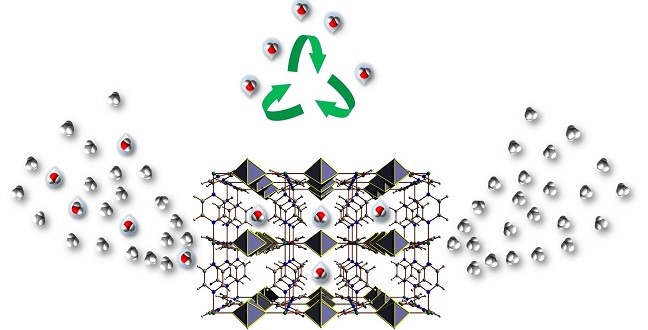
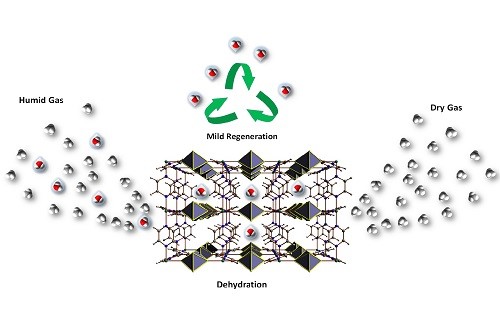
Energy-efficient gas drying achieved by a metal-organic framework.
© 2017 Mohamed Eddaoudi
The conventional view that metal-organic frameworks (MOFs) cannot be stable in water has been overturned by the development of an MOF that can selectively and effectively adsorb water to dry gas streams.
“The achievement of energy-efficient dehydration by our MOF is revolutionary,” says Mohamed Eddaoudi, Director of the Advanced Membranes and Porous Materials Center at KAUST.
Gases, such as natural gas, must be dehydrated before transportation and are used to avoid problems, including pipeline corrosion and blockages due to methane ice formation. Conventional drying agents require an energy-intensive regeneration cycle.
The new fluorinated MOF developed by the KAUST team achieves the drying and regeneration cycle at relatively low temperatures and requires about half the energy input of conventional procedures. This dramatic reduction in energy use highlights the obvious potential for upscaling the innovation to bring huge efficiency savings in the gas production and the transport industries.
MOFs are hybrid organic-inorganic materials that contain metal ions or clusters held in place by organic molecules known as linkers. Varying the metal components and organic linkers allows researchers to fine tune the structure and chemical properties of MOFs. A major aim of this fine tuning is to create MOFs with cavities that will selectively bind to and retain specific molecules, such as the water that must be removed from a gas stream.
“Initially, our aim was to adapt our recently introduced fluorine-containing MOFs to include a periodic array of open metal sites and fluorine centers in the contracted pore system to achieve various key separations,” says Eddaoudi. This exploration led to the discovery of a water-stable MOF, now labeled KAUST-8, with unique water adsorption properties and outstanding recyclable dehydration capabilities. Significantly, KAUST-8 removes carbon dioxide along with water, which is a common requirement in industrial gas processing.
“I have no doubt that this discovery will inspire scientists in academia and industry to explore MOFs to address other challenges,” says Eddaoudi. The KAUST team sees additional possibilities, including the removal of water from liquids, such as inks and solvents, used in the electronics industry.
Eddaoudi emphasized that the work demonstrates both the power of MOF chemistry and the continuous advancement of the research group he leads at KAUST. This advance is the latest innovation from Eddaoudi’s 20-year exploration of the chemistry of MOFs.
References
- Cadiau, A., Belmabkhout, Y., Adil, K., Bhatt, P. M., Pillai, R. S. Shkurenko, A., Martineau-Corcos,C., Maurin, G. & Eddaoudi, M. Hydrolytically stable fluorinated metal-organic frameworks for energy-efficient dehydration. Science 356,731–735 (2017).| article
You might also like

Applied Physics
Natural polymer boosts solar cells
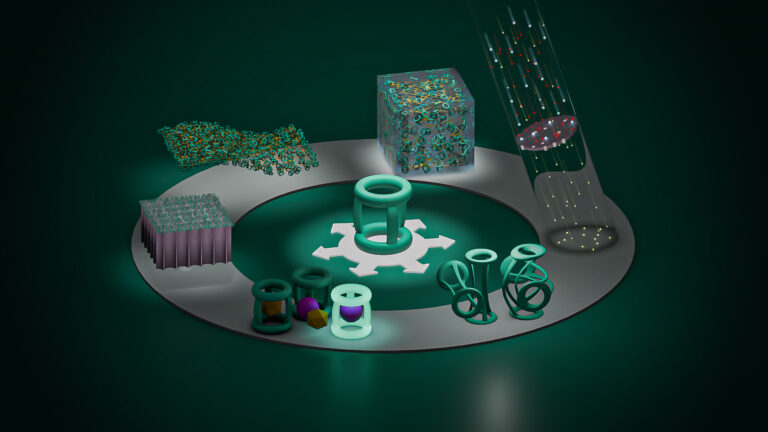
Chemistry
Disruptive smart materials flex with real world potential
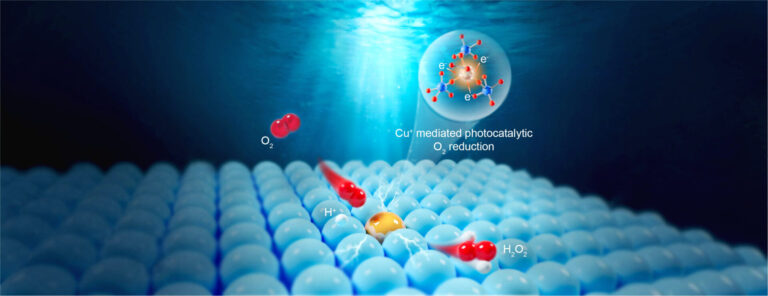
Chemistry
Catalysts provide the right pathway to green energy
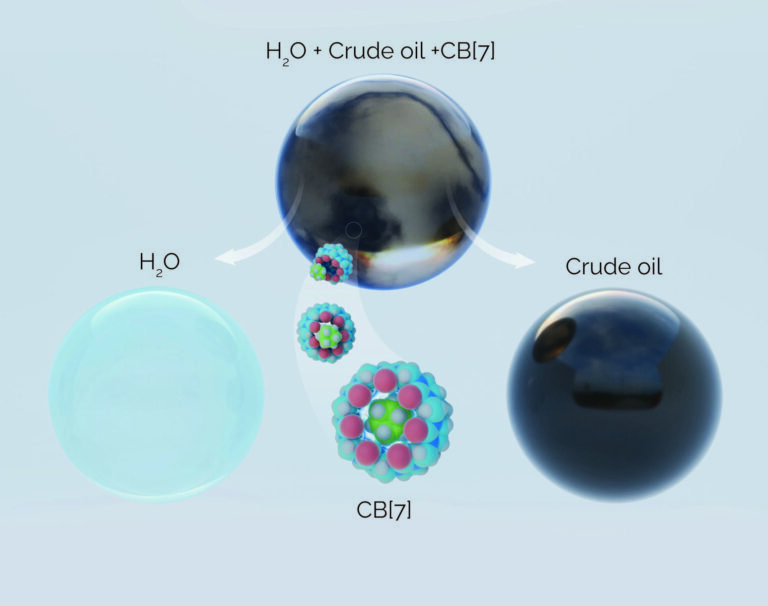
Chemistry
Hollow molecules offer sustainable hydrocarbon separation
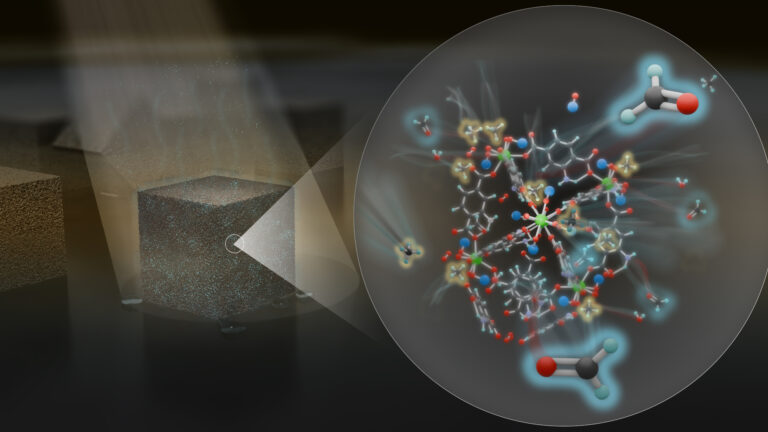
Chemistry
Maximizing methane

Chemistry
Beating the dark current for safer X-ray imaging

Chemical Engineering
Net benefits for advanced materials design

Chemical Engineering



